Меню
Страницы
Статья
Key industries
To date, the following industries have become priorities for Kazakhstan’s development:
Agro-industrial complex
Kazakhstan is the ninth territory country in the world. More than half of the land or over 210 million hectares acts as agricultural land. The agriculture and food processing are among the most important sectors of the economy, accounting for more than 7% of the country's GVA.
The sector has advantages of natural compliance with global environmental and food safety requirements taking the first rank in the world in terms of the lowest levels of chemicals used in crop production (just 0.1 tonnes per hectare of cultivated area).
The country has also secured the status of a grain power, annually supplying 5-8 million tons of grain to the markets of more than 70 countries, and in the flour export over the past few years, Kazakhstan has taken a leading position in the world, annually exporting up to 2.5 million tonnes.
The key factors of investment attractiveness of agro-industrial complex: land resources, human capital. About 20 percent of the active population is employed in agriculture. The 50 percent of the population lives in rural areas and is ready to work in the agricultural and agro-industrial complex.
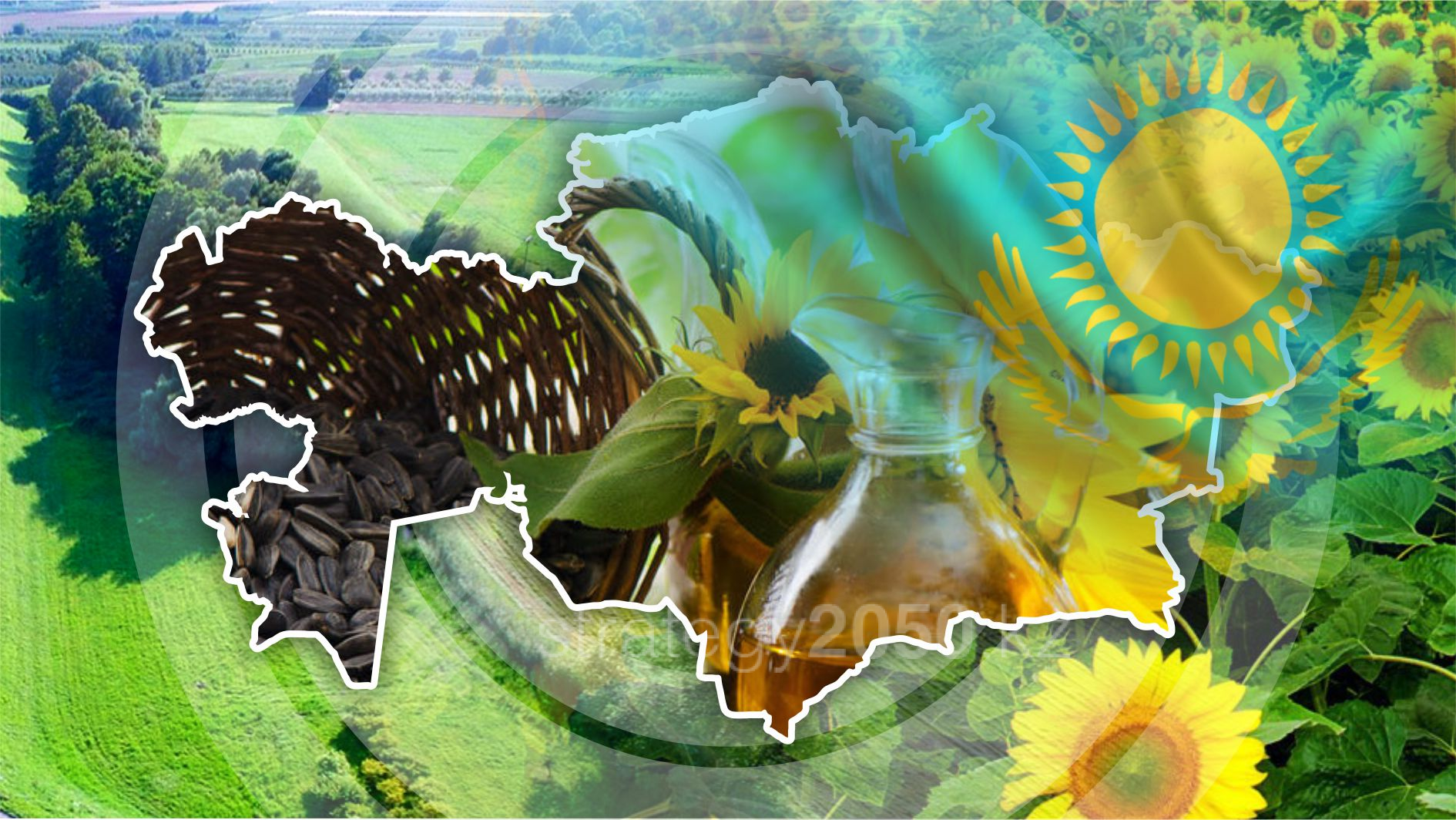
The livestock
The livestock industry is divided into 8 main groups. The products of animal husbandry include meat, milk, eggs, etc. products obtained as a result of the economic use of livestock and poultry. About 56% of enterprises in agriculture, forestry, and fisheries are concentrated in Turkestan (25%), Almaty (17%), and Akmola (14%) regions. Due to the wide pasture lands, pasture cattle breeding is developed on the territory of Kazakhstan: sheep and goats, cattle, horses, pigs, and camels graze on pastures.
Import dependence has been recorded in the production of meat and other meat offal, salted, in brine, dried or smoked, as well as fat from cattle, sheep, goats, and pigs. Moderate deficit and import dependence are noted in the production of finished or canned products and sausages and similar meat products. There is a small import dependence in the production of meat, poultry meat, and food by-products.
The export potential of the livestock industry in the EAEU countries and China: meat and dairy products: beef about 480 thousand tons of beef meat per year, lamb - 100 thousand tons of lamb meat per year, pork - 86 thousand tons per year, chicken egg - 300 million pieces per year.
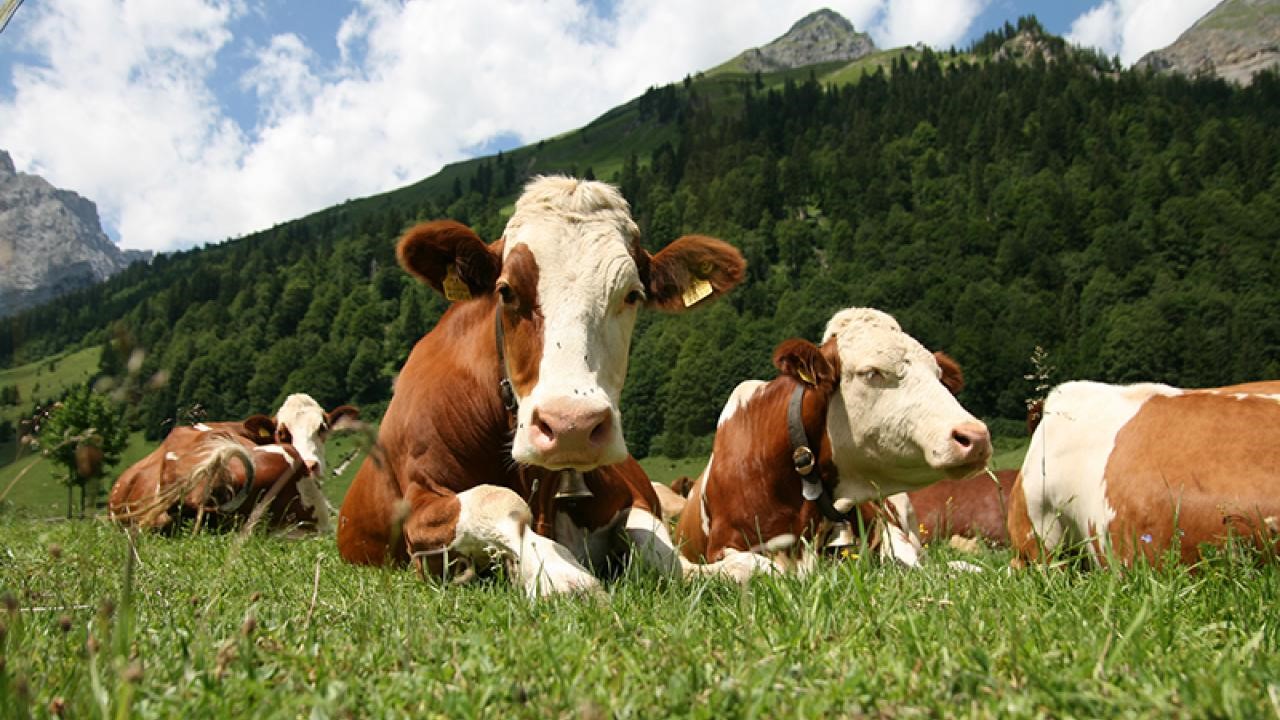
Plant growing
The plant growing industry includes 2 main segments: the cultivation of seasonal and perennial crops (wheat, barley, oats, corn, sunflower, rapeseed, soybeans, flax, rice, cucumbers, tomatoes, apples, cherries, pears, and berries, as well as fertilizers for soil application).
The most promising areas also include the production of vegetable oil. The key factors of attractiveness are access to the raw materials; the sown area for oilseeds (which has reached about 3 million hectares). In addition, it is planned to increase the land for growing the oilseeds up to 5 million hectares by 2030.
It is planned to increase the land for growing the oilseeds up to 4.95 million hectares in 2030. The “Northern Soybean” program has been implemented, within the framework of which it is planned to increase the sown area of the soybeans up to 1.5 million hectares within 5 years, and to increase the gross harvest of the soybean seeds up to more than 3 million tons.
Today Kazakhstan exports more than 1 million tons of oilseeds, the main importers are Uzbekistan, China, and Belgium.
The export of the processed products has exceeded the level of 300 thousand tons. This includes vegetable oils, sunflower, rapeseed, soybean, and flaxseed oils. It is to note that for all these items, China is one of the main importers. Also, an important export product of oilseed processing is meal and cake which are exported to the neighboring markets such as Russia and Uzbekistan.

Industry
Light industry. The development of the light industry in Kazakhstan is one of the priority areas.
The light industry is a complex industry that includes more than 20 sub-sectors, which can be grouped into three main groups.
- Textile, including cotton, woolen, silk, knitted, as well as primary wool processing, production of nonwovens, net-knitting industry, felting and felt, etc.;
- Sewing;
- Leather, fur, shoe.
According to the analytical data of Global Research & Data Services, there is a stable demand for textile industry products (clothing) in Kazakhstan. Half of the volume of initial processing products (cotton fiber) is exported, which indicates insufficient processing of its own raw materials. With a sufficiently rich raw material base, the country is highly import-dependent in relation to products with higher added value. According to analytical studies, the global demand for light industry products is increasing by 2.2% annually, while the Kazakh garment industry provides domestic demand by only 7%.
The structure of the textile industry in Kazakhstan consists of cotton, fabrics, textiles, materials, felt, and shoes.
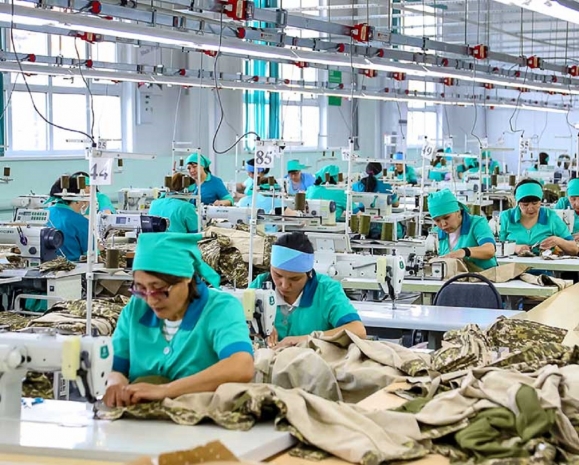
The chemical industry is one of the most capital-intensive industries, it can be conditionally divided into several sectors: agrochemistry, petroleum chemistry, basic chemistry, and consumer chemistry.
In the structure of chemical industry production of Kazakhstan, 64% accounts for basic chemistry that is the production of inorganic acids, alkalis, and their salts, explosives, as well as varnishes and paints; 21% accounts for agricultural chemistry (mineral fertilizers and pesticides), and 10% accounts for petrochemicals industry represented by one large enterprise in the total chemical industry production. The household chemistry is represented by enterprises producing detergents and cleaning products and it accounts for 5%.
Kazakhstan has significant potential for the production of mineral fertilizers, the main component of which is ammonia. The Republic of Kazakhstan is import-dependent on ammonia, the annual import of which amounted to 20-30 thousand tons. The imported ammonia is used by agricultural enterprises as nitrogen fertilizer.
There is potential for the production of chemical products with widespread use in the petrochemical industry, including the production of caustic soda, hydrochloric acid, hypochlorite, calcium, and coagulants. Kazakhstan possesses a raw material base for establishing the production of base oils, as well as components for the production of base oils. The base oils are a major component in the production of lubricants, which are widely used in the industry, transportation, and a number of other sectors.
There is no production of base oils in the Republic of Kazakhstan. The production of lubricants is carried out mainly using imported raw materials from Uzbekistan.

Construction industry
The production of non-metallic mineral products is a priority investment project. Over the past five years, the construction industry of the Republic of Kazakhstan has increased almost 2 times. According to Marketline's forecast, the industry is expected to grow at an average annual rate of 8.4% in 2021-2023. The increase in demand for real estate is provided by population growth. Also, state programs in the field of construction and state support measures contribute to the increase in demand for real estate.
Kazakhstan has rich raw materials reserves for the production of building materials. Extraction of other minerals or raw materials increased by 68%.
For gypsum, clay bricks, refractory products, the current capacities of domestic production are able to cover 60%-85% of domestic demand. Domestic production of ready-mixed concrete, cement, and mortars fully satisfies consumption, respectively, there is unrealized potential for further increasing production volumes for export purposes. Construction materials are produced by about 1,000 enterprises in almost all regions of the country. However, the majority of enterprises are located in the Akmola region (35%), the Almaty region (14%), and in Nur-Sultan (10%), which is explained by the dynamics of real estate construction in Almaty and Nur-Sultan.

Mining and metallurgical complex
Metallurgy is the backbone of the economy, the main share of metallurgy and mining in the gross domestic product of Kazakhstan is 14.4%. The share of the country's exports comes from the mining industry, which is about $ 7.8 billion. More than 273 thousand people are employed at the enterprises of mining and metallurgical complex. Kazakhstan is ranked 11th in copper production and 12th in the reserves available. It is also ranked 2nd in the world in terms of uranium reserves and 1st in its processing. Our country ranked 21st in gold production and 15th in reserves. Kazakhstan also has deposits of rare earth metals such as rubidium, cesium, lithium, and beryllium. The index of physical volume of production of non-ferrous metal ore increased significantly by 12%. Also, the volume index of ferrous metallurgy has shown an increase from 98.3% to 101.3%. The growth in production was due to an increase in the volume of extraction of copper and lead - zinc ore, ferroalloys, steel and products from them.
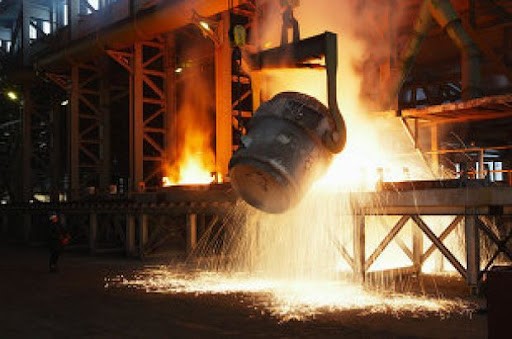
Mechanical engineering
One of the priority areas of the economy of the Republic of Kazakhstan is the machine-building industry, the volume of imports of products of which occupies a significant share in the country's market - about 40% of total imports.
The most promising areas are the production of electrical equipment, oil and gas equipment, the automotive industry, as well as other machines, equipment, and machine tools
Main advantages:
- raw material
- competencies
- technologies
- stable demand
- competitive environment
- logistics
The mechanical engineering industry has a significant potential for expanding production and increasing exports. Mastering the production of new products is possible on the basis of the existing production capacities of existing domestic enterprises specializing in the production of similar nomenclature.

Energy and RES (renewable energy sources)
The total installed capacity of Kazakhstan's power plants for 2021 is 23.6 GW, the available capacity is 19.1 GW.
Currently, Kazakhstan is actively implementing measures to regulate greenhouse gas emissions in order to achieve the goals of transition to a "green economy", within which the share of renewable energy sources by 2030 should be 10% of total electricity production, in 2050 - 50%, taking into account alternative energy.
The total renewable energy potential in Kazakhstan is very significant and is estimated at more than 1 trillion kWh per year. The most promising for development in Kazakhstan are wind power, hydropower, solar energy, the thermal potential of geothermal waters.
By the end of 2021, it is projected that renewable energy facilities will generate about 4 billion. kWh, which will make up 3.5% of the total electricity production in the country.
Also, at present, the development of hydrogen energy is considered as one of the keys and most promising areas of transition to a low-carbon economy and decarbonization of the fuel and energy complex.
The hydrogen strategy of Kazakhstan can be initially focused on the production and consumption of predominantly "green" hydrogen, which makes the country's hydrogen strategy closely intertwined with the strategies for the development of solar and wind power generation, as well as with the strategy for the development and use of water resources.
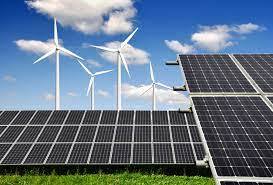
Healthcare and Pharmaceuticals
The healthcare and pharmaceutical industries have a huge potential for further development. The availability of state support against the background of growing demand for medicines, the introduction of new standards, and laws that contribute to the modernization of industries are key prerequisites for increasing the growth of production capacities of Kazakhstani enterprises, which will reduce import dependence, as well as increase exports.
About 91% of pharmaceutical production is concentrated in Shymkent (84%) and the Almaty region (7%). Pharmaceutical products are produced by 85 enterprises in the country: 49 manufacturers of medicines, 27 manufacturers of medical devices, 9 manufacturers of medical equipment.
Attractive niches for investment in the healthcare and pharmaceutical industries are vitamins, antibiotics, syringes, drugs and various medicines, cotton, gauze, bandages, human vaccines, medical devices, and accessories. To date, there are 96 pharmaceutical enterprises: 33 for medicines, 41 for medical devices, 22 for medical equipment.

Geology and subsoil use
The mineral resource base of Kazakhstan is formed by deposits of the fuel and energy complex (hydrocarbons, coal, uranium), ferrous, non-ferrous, precious and rare metals, non-metallic minerals, as well as groundwater. State accounting is conducted for 113 types of minerals.
Despite the large number of deposits currently being developed, according to experts, the subsoil of Kazakhstan still has a sufficiently large potential for new discoveries.
In terms of solid minerals, a third of the area of the Kostanay region, a large area between Central and Eastern Kazakhstan, and the south of Kazakhstan adjacent to Kyrgyzstan have great prospects for gold deposits.
On behalf of the Head of State, the State Program of Geological Exploration of the Republic of Kazakhstan for 2021-2025 has been developed and will be approved in the near future. The main goal of the State Program is to increase the geological knowledge of the territory of the Republic of Kazakhstan to ensure the stable development of geological exploration and replenishment of the mineral resource base.
The State Program provides for the study of "deep horizons" within mining areas. The state program will be implemented at the expense of the state budget and private investments.
Investors are interested in previously studied objects. To do this, the state finances the early stages of geological exploration of the subsurface, which will increase the investment potential of the exposed sites with subsequent transfer to subsurface use.
Within the framework of the Digital Kazakhstan state program, a project is underway - the creation and implementation of the information system "National Data Bank of Mineral Resources of the Republic of Kazakhstan" (hereinafter - NBD).
The system will allow you to collect geological reports, mineral reserves balances, field passports, data on the study of the territory, and other geological information in a single database. One of the tasks of the system is to implement the principle of a "single window" for investors and existing subsoil users by simplifying access to the processes of subsoil use. As a result of the introduction of the NBD information system, it is planned to automate services in subsurface use, such as issuing licenses to subsurface users, providing the necessary reporting, monitoring the fulfillment of obligations of subsurface users (online).
And most importantly, in 2018, the new Code of the Republic of Kazakhstan "On Subsoil and Subsoil Use" came into force, which fully complies with the best world practice - the Western Australian model. The new Code opens up significant opportunities in geological exploration. The new legislation is aimed at attracting investors, including junior enterprises, which, as world practice shows, open more than 60% of new deposits.
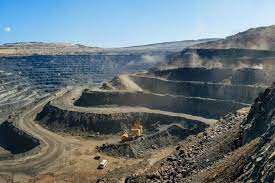
New technologies (digitalization and IT)
64 enterprises produce electronic equipment and equipment in the country. About 20 companies (about 31%) are engaged in the production of communication equipment, 9 companies produce computer equipment.
The electronic industry has a huge potential for further development. State support and the growing demand for electronic goods are key prerequisites for increasing the growth of production capacities of Kazakhstani enterprises, which will reduce import dependence, as well as increase exports. The latter is facilitated by the territorial proximity of the markets of the Russian Federation and Central Asia.
Priority projects in the field of new technologies are such investment, investment priority, and special investment projects as electronic elements and boards, computers and peripheral equipment, communication equipment, electronic household appliances, instruments and devices for measurement and testing, electro-medical equipment, optical devices, magnetic and optical media.
Export potential is possible to countries such as Russia, Uzbekistan, Kyrgyzstan, Tajikistan, and other countries. Geographical proximity and the use of the advantages of the EAEU create prerequisites for Kazakhstan to take a share in the structure of imports in the industry of new technologies.

Tourism
Kazakhstan has occupied a favorable geopolitical position, possessing significant natural and recreational resources and objects of the world cultural and historical heritage (in the list of World Cultural Heritage by UNESCO were included 11 projects), as well as a unique natural diversity, has had the potential to develop new tourism products and all the basic prerequisites to become a major player on the world tourism map.
The 2019-2025 State tourism industry development program of the Republic of Kazakhstan had been approved to increase tourist traffic in the Republic of Kazakhstan, as well as to create favorable conditions for building the capacity of the sector through lowered barriers and strategic planning.
The purpose of this program is to ensure the tourism proportion in the total GDP of the Republic of Kazakhstan for at least 8% by 2025.
According to the UNWTO forecasts, ecotourism will grow at a rapid pace over the next two decades, and global ecotourism spending will grow at a faster rate than the tourism industry as a whole.
In Kazakhstan, there are now more than 100 well-known tourist sites, so-called "tourist magnet" and "tourist growth points". In this connection, in order to make investments in the development of all these objects, the work on selecting the most significant tourist sites into the so-called Touristification map of Kazakhstan has been carried out.
